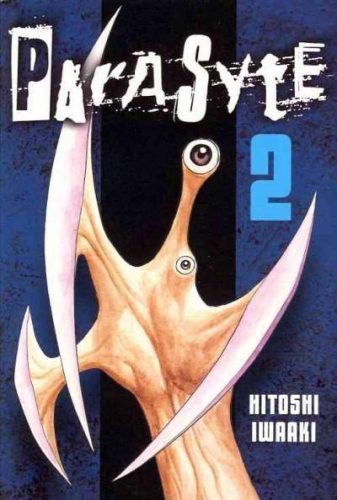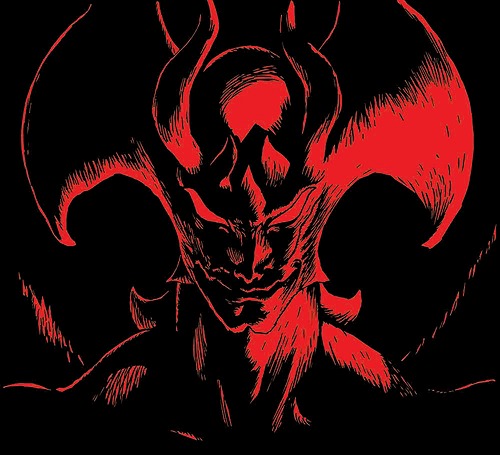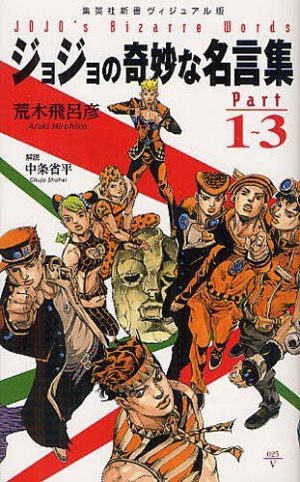
Stories can be timeless, but unfortunately, the worlds in which they take place are not. Technology moves forward, clothing styles change, and culture shifts over the years. So, when adapting a manga from decades ago, studios need to think carefully about what they need to change to make it appeal to its new modern audience.
Today, we’ll be taking a look at several anime adaptations of manga from the ‘70s through the ‘90s. What was updated for modern times? What stayed the same? And how successful was it overall? Join us as we investigate how to adapt old manga for the present day!
Spirit of the Modern Day
When transposing a story to modern times, most studios try not to change the source material too much. After all, this new anime is often the first high profile adaptation the associated manga has ever had - diehard fans would be devastated if their favorite moments were never animated. So shows like Kiseijuu: Sei no Kakuritsu (Parasyte -the maxim-) and Banana Fish will stick close to the original story beats while infusing them with the spirit of the modern day.
Parasyte’s manga takes place in the late ‘80s and early ‘90s, but its 2014 anime incorporates smartphones and the internet into parts of the plot. The most impactful moment happens right near the beginning, when Shinichi tries to research parasites online. Before the internet, it was common to hit a dead end with the few encyclopedias and microfilms available, but now it’s almost impossible not to find what you’re searching for. So when Shinichi’s hours of searching all of Earth’s public information come up empty, we know that these parasites are terrifying.
Banana Fish tries something similar, but trips over itself a bit in the execution. The manga is set during the ‘80s crime wave in New York City, which is a far cry from the squeaky clean picture of Manhattan we have today. The underground gangster story still works when moved to 2018, but the dissonance between peaceful Japan and crime-ridden America doesn’t ring quite as true. Plus, the characters fail to use modern technology like texting and GPS tracking that they could use to coordinate plans or find each other. Banana Fish is still a fantastic summer 2018 anime, but one that might have benefitted from one of the two following approaches.
A Total Overhaul
Devilman was written in 1972, but its 2018 adaptation Devilman: Crybaby takes the original story and makes it even stronger by weaving in the manga’s themes of paranoia and cruelty with modern internet culture. The anime heavily incorporates social media, intentionally misleading news, and dehumanizing anonymity into the demons’ plan to destroy humanity.
The events of the story also happen much more quickly. This can be attributed partially to pacing issues, but the main reason is that information and opinions spread like a virus online. Crybaby even cut out the manga’s use of telepathy and magical projection because of the fact that humans using Twitter and YouTube could bring down society without the need for demonic powers. It wasn’t easy to completely change the context of the original story while still creating a faithful adaptation of Nagai’s legendary work, but Devilman: Crybaby did it.
Why Change What Isn’t Broken?
On the other hand, sometimes it isn’t necessary to update an older manga’s setting to match the current year. If the original work is so iconic that changing it would do more harm than good, then why even try? The 2012 anime adaptation of JoJo no Kimyou na Bouken (JoJo’s Bizarre Adventure) certainly subscribed to this mentality.
The world of JoJo’s Bizarre Adventure is so wild and unique that removing the ‘80s kitsch of the original manga would ruin it. The names inspired by classic rock and pop, the huge muscly men with day-glo outfits and gelled hair, and even the manga’s intense sound effect text splashes were all too important to leave out. And, of course, the Joestar family’s multi-generational saga spanning from the 1860s to the late 1990s (so far) would be a mess if tinkered with to match the seasons’ release dates. In a wacky story where anything is possible, it’s best just to roll with what you’ve already got.
Final Thoughts

Adapting a story from one medium to another isn’t an easy job under the best of circumstances, but it’s even harder when the setting has to be pushed forward 20 or 30 years. Do you only make minor tweaks like Parasyte and Banana Fish? Do you change the whole context and pacing of the story like Devilman: Crybaby? Or do you just double down and commit to your original setting like JoJo? No matter what route they chose, all of these anime took big risks and we’re so glad they did.
What do you think about these adaptations? Do you like the original manga or the anime better? How would you adapt an old manga for modern times? Let us know in the comments, and thanks so much for reading.
Recommended Post



